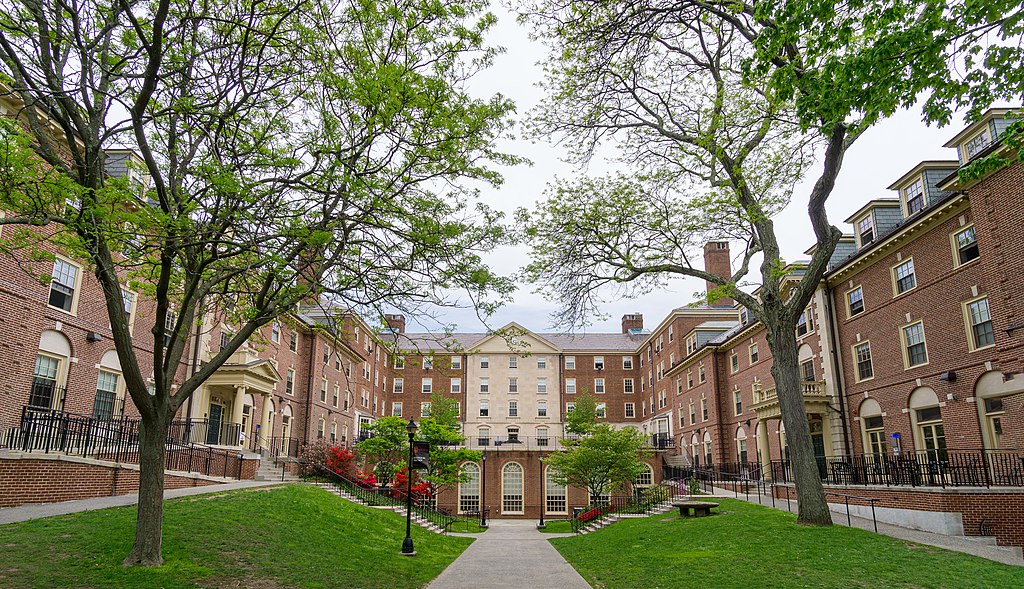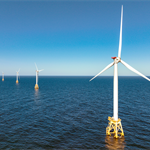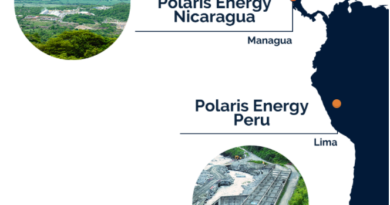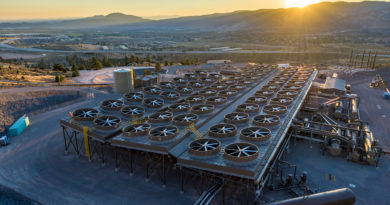Test wells drilled for geothermal feasibility in Brown University, Rhode Island
Energy Disrupter

Brown University in Providence, Rhode Island has drilled test wells in three locations to evaluate the feasibility of a geothermal system for in-campus heating.
Three test wells have been drilled at the premises of the Brown University in Providence, Rhode Island to evaluate the potential of implementing district heating in the university and transition away from fossil fuels. The wells have been drilled to depths ranging from 860 feet to 1000 feet (262 to 304 meters) and will provide critical information that will help the project team put together a feasibility plan for further development.
Should the University move forward with the geothermal project following this initial assessment, the potential geothermal system is expected to be completed by 2024.
Development plan
Headed by Brown’s Office of Sustainability and Resiliency and Division of Facilities Management, construction crews drilled test wells in three campus locations – the Lloyd Avenue parking lot near Brown’s athletic complex, a Prince Laboratory parking lot near Brook Street, and on the site of the future integrated life sciences building in the Jewel District.
The sites were selected because of their location along the campus’s heating loop, their proximity to potentially needed additional equipment, and the nearby available space for possibly more wells. Drilling in three locations will also provide a better understanding of the different geothermal properties that range across campus, including how much heat the rocks can absorb.
“The rock substrate can vary from location to location, and that can impact how effectively the wells in that area can perform,” explained David Larson, senior energy engineer for the Office of Sustainability and Resiliency. “High rates of heat transfer would essentially mean we would need fewer geothermal wells to meet our heating needs, while a lower rate of heat transfer would require more wells.”
Data such as the rate at which heat can be injected or extracted from the sites will be collected from the test wells. This will help determine viability, and determine the number of wells needed to support the proposed system. This is likely to number in the hundreds, and will require a multi-year effort for drilling and construction.
Geothermal as part of sustainability strategy
The proposed geothermal project is only one of many initiatives that Brown University is undertaking to aid in addressing the global climate crisis. The ultimate goal of the university is to achieve a 75% reduction in CO2 emissions by 2025 and reach net-zero status by 2030. In combination with other technologies, it will help the University meet its decarbonization goals.
“The bottom line is that we need to find a way to heat our campus that doesn’t rely on the combustion of fossil gas,” said Stephen Porder, associate provost for sustainability. “The big picture idea here is that rather than creating heat by burning something, we want to move it from one place to another and have an ability to concentrate it where we want it. Geothermal provides great potential to both get heat and store heat, so we started drilling to find out how well this would work, how many wells it would take and how much it will cost.”
“We’ve aligned our goals with what global climate scientists have identified as a critical tipping point for elimination or reduction of greenhouse gas emissions,” said Jessica Berry, assistant vice president for sustainability and resiliency.
The geothermal system will provide storage for waste heat from chillers and air conditioners during summer. This heat can then be withdrawn during winter. Porder explains that, because the design uses a self-contained pipe and exchanges no fluid with the subsurface, there is no risk of groundwater contamination.
Porder, however, emphasizes that the test wells are just ‘tests’ for now. “We will know much more in time, but we are hopeful.”
Source: Brown University
















